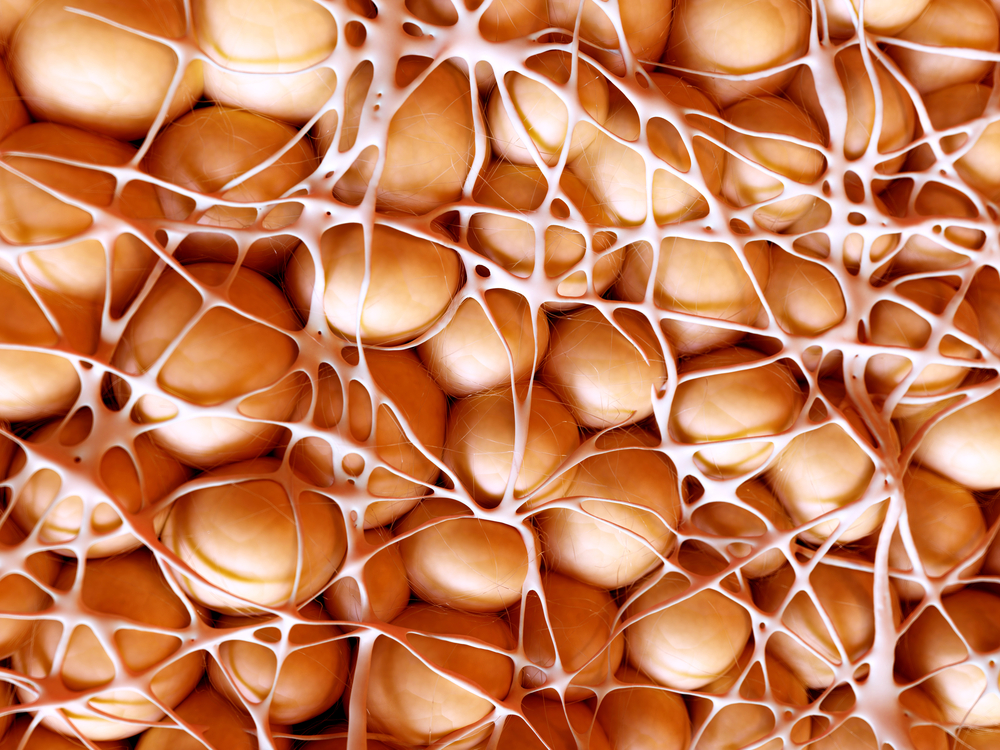
A new review from researchers at the University of Utah in Salt Lake City indicates the need to explore the relationship between body fat and cancer. It appears that adipose tissue may affect cancer development in multiple ways, depending on the type of fat and the location in the body.
“Obesity is increasing dramatically worldwide, and is now also recognized as one of the major risk factors for cancer, with 16 different types of cancer linked to obesity,” said study author Cornelia M. Ulrich, Ph.D, Senior Director of Population Sciences at the Huntsman Cancer Institute at the University of Utah in Salt Lake City in a statement. “We urgently need to identify the specific mechanisms that link obesity to cancer.”
Ulrich’s previous research has shown several ways that fat contributes to carcinogenesis: Obesity increases the risk of inflammation, which has long been associated with cancer, and obesity is believed to affect cancer cell metabolism and immune clearance, all of which can contribute to the growth and spread of tumors.
Focusing on ‘crosstalk’
The relationship between fat and carcinogenesis also depends upon “crosstalk,” or the ways cells react when the same signal is shared by more than one signaling pathway in two different cell types, Ulrich explained. Identifying ways to interrupt the crosstalk could help researchers identify new cancer prevention strategies.
For the study, Ulrich and her team, including researchers from the University of North Carolina, reviewed literature from January 1946 to March 2017 to find studies that explored crosstalk between adipose tissues and carcinomas.
They ultimately found 20 primary research publications that specifically addressed the topic.
Several of these studies showed that adipose stromal cells have the power to infiltrate cancer lesions and promote the growth of tumors. These cells were found in greater numbers in obese prostate cancer and obese breast cancer patients.
The team also found some types of fat are more “metabolically active,” secreting more substances that led to the growth of cancer. There are three different types of fat: white, brown, and beige; and each acts differently and is present in different amounts depending on where the fat is located.
For example, white adipose tissue has been associated with inflammation, and in breast cancer patients, it has been associated with worse prognosis.
The researchers found other differences when they looked at the proximity of adipose tissue relative to the organs. For example, Ulrich explained, in colorectal cancer, adipose tissue is typically located adjacent to tumors, whereas in breast cancer, adipose tissue is part of the direct tumor microenvironment.
Future research would help evaluate the role of tissue distance in the obesity-cancer connection in addition to finding ways to intercept the processes that fuel tumor growth.
“We are just beginning to unravel the ways crosstalk occurs and the substances involved,” said Ulrich said. “The more we understand this process, the better we can identify targets and strategies for decreasing the burden of obesity-related cancer.”
The study will be published in Cancer Prevention Research, a journal of the American Association for Cancer Research.




